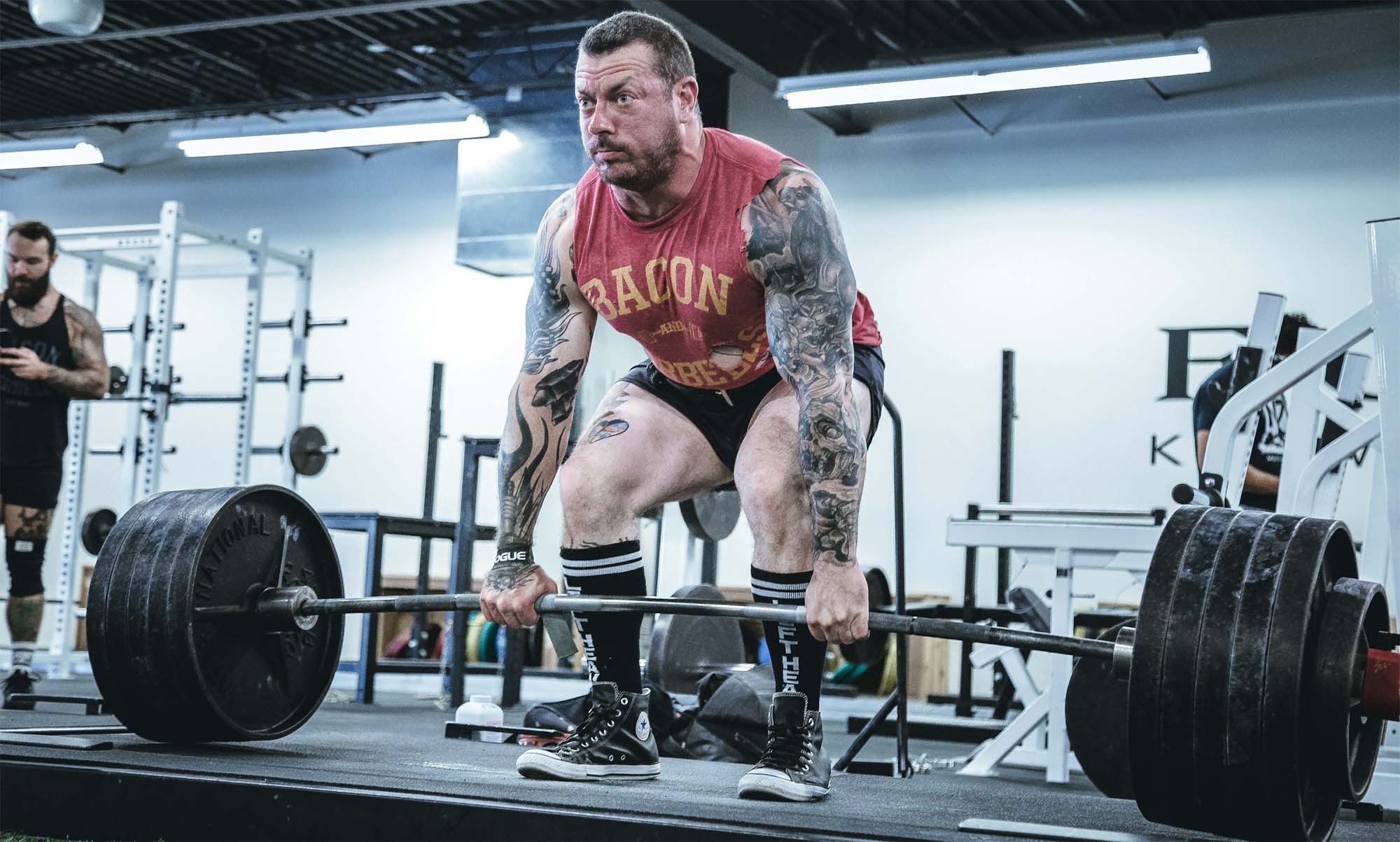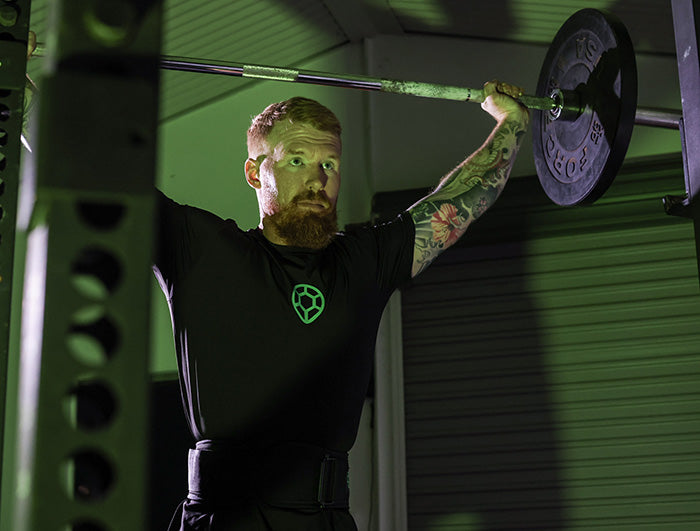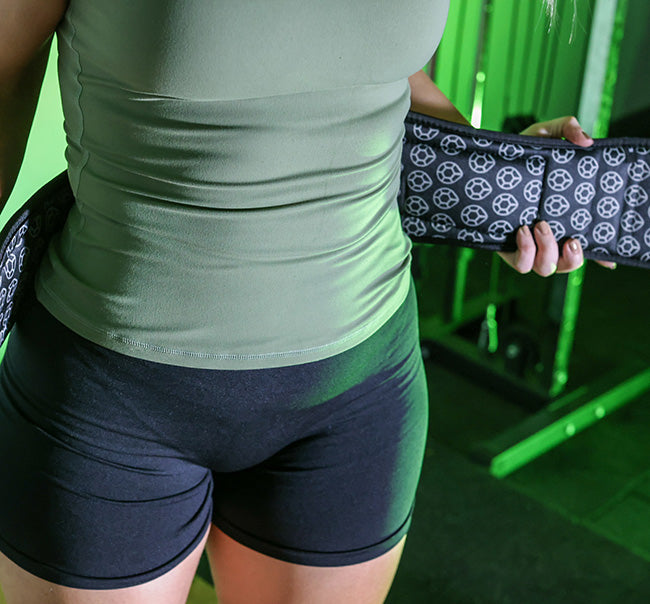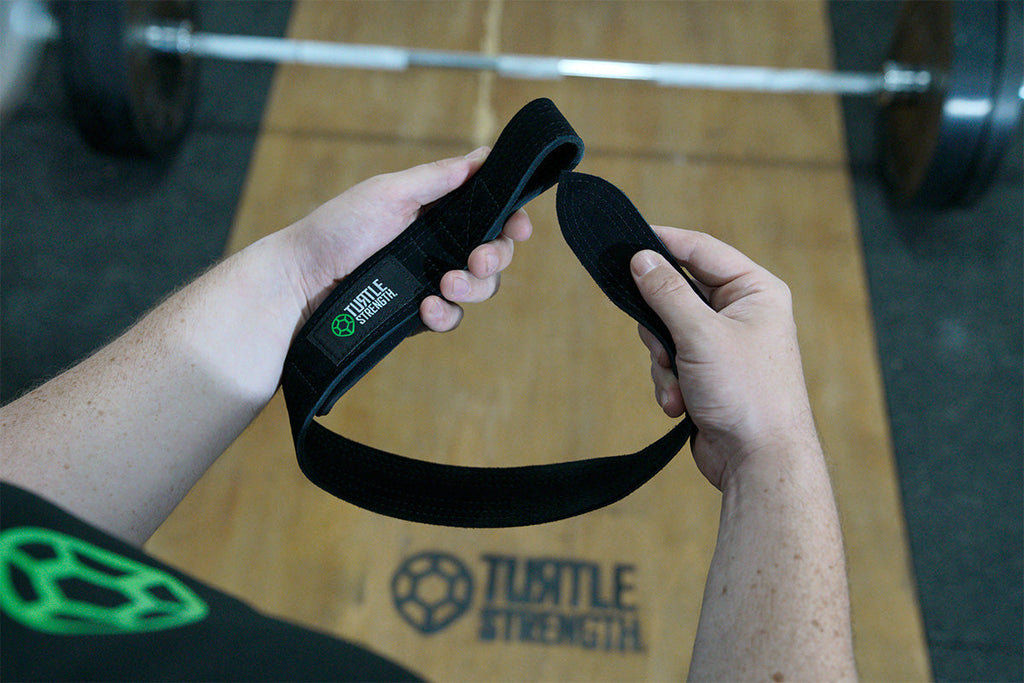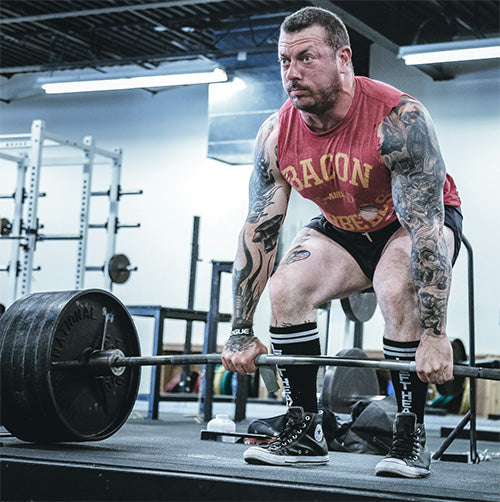Why is mixed grip deadlift easier?
WHY GRIP IS IMPORTANT ON DEADLIFT?
HOW TO STOP GRIP FROM SLIPPING?
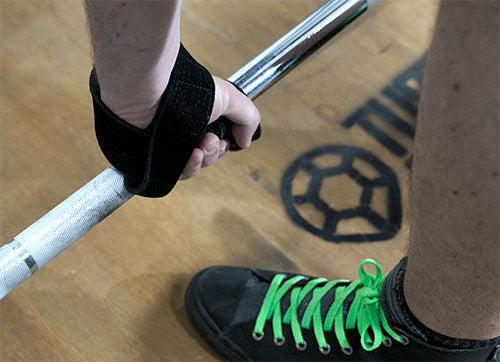
WHICH GRIP VARIATION IS THE BEST?
DEADLIFT GRIP VARIATIONS
1. OVERHAND GRIP DEADLIFT
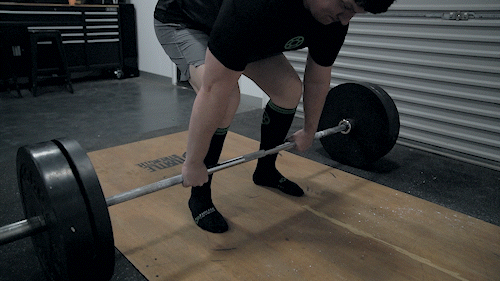
2. MIXED GRIP DEADLIFT (ALTERNATE GRIP)
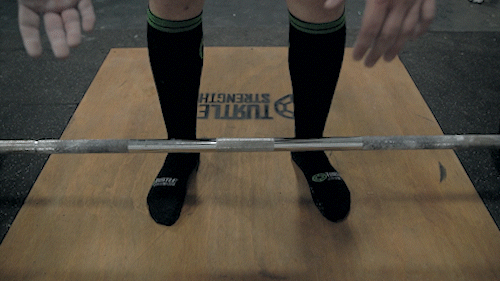
3. HOOK GRIP DEADLIFT
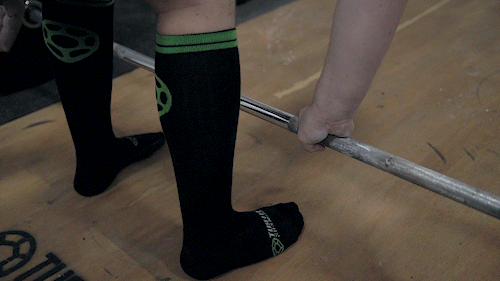
4. SNATCH GRIP DEADLIFT
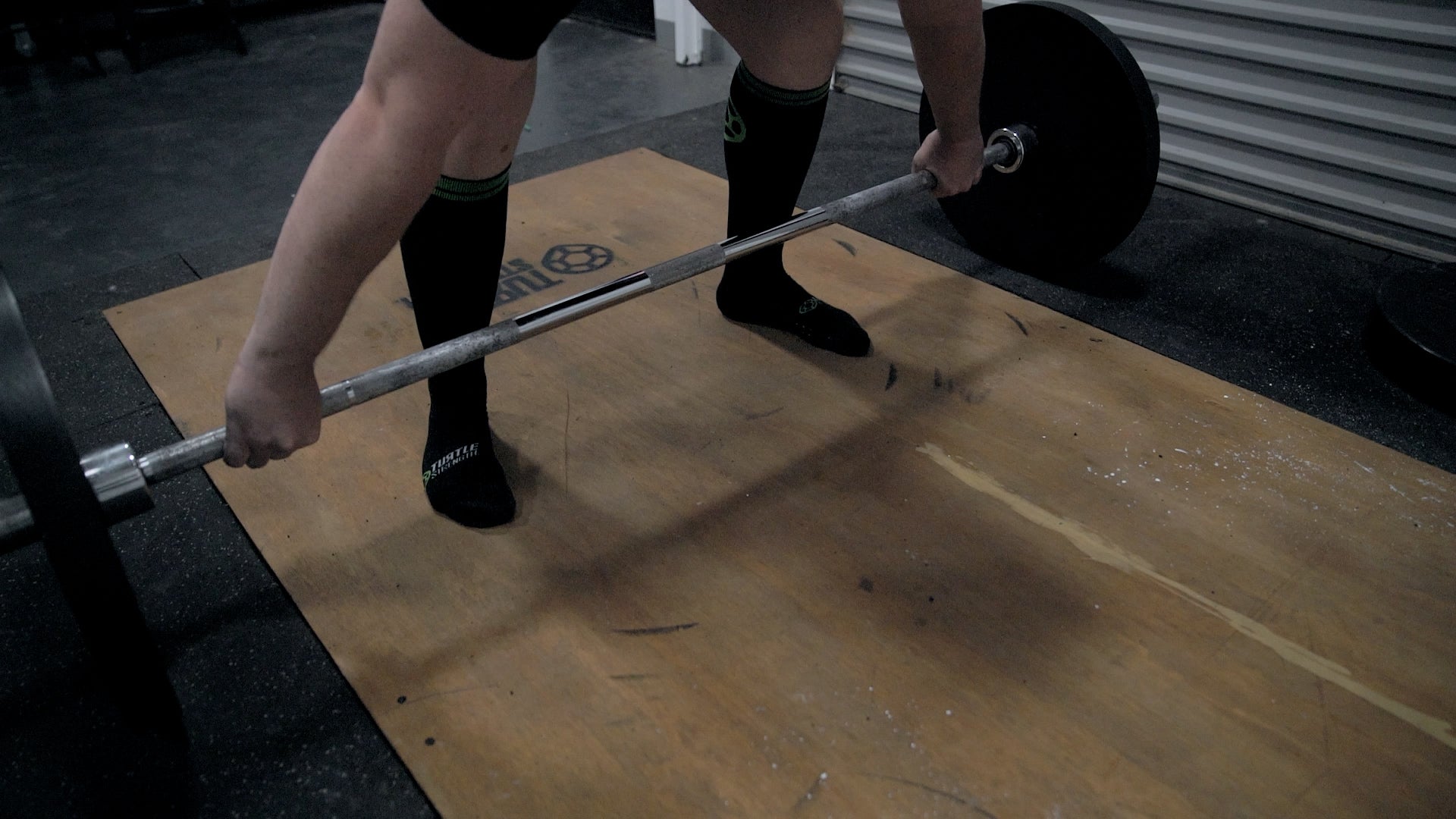
5. THUMBLESS GRIP DEADLIFT (SUICIDE GRIP)
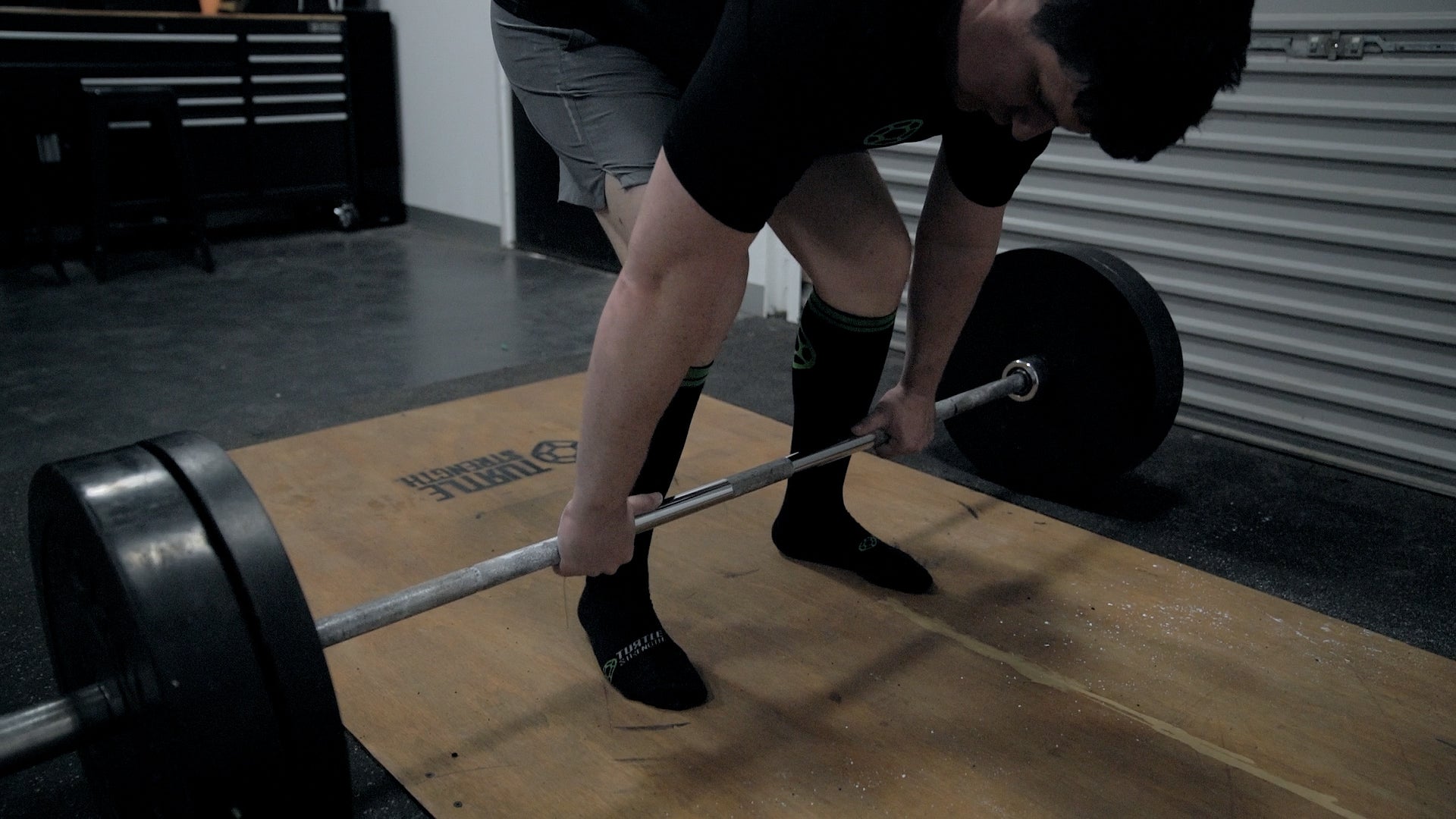
6. UNDERHAND GRIP
7. AXLE GRIP DEADLIFT
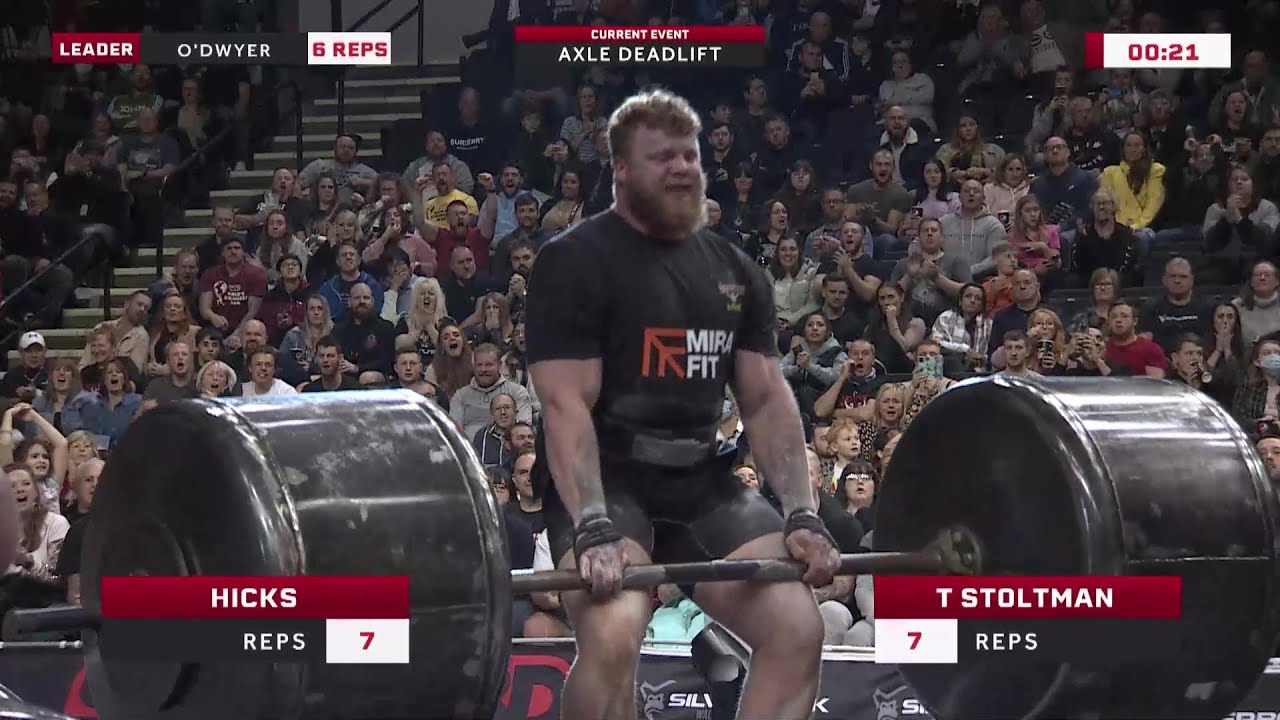
Tom Stoltman, Giant's Live Strongman Competition
USING STRAPS WHEN YOU DEADLIFT
HOW TO IMPROVE GRIP STRENGTH FOR DEADLIFT
PREFERRED GRIPS FOR DIFFERENT STRENGTH SPORTS
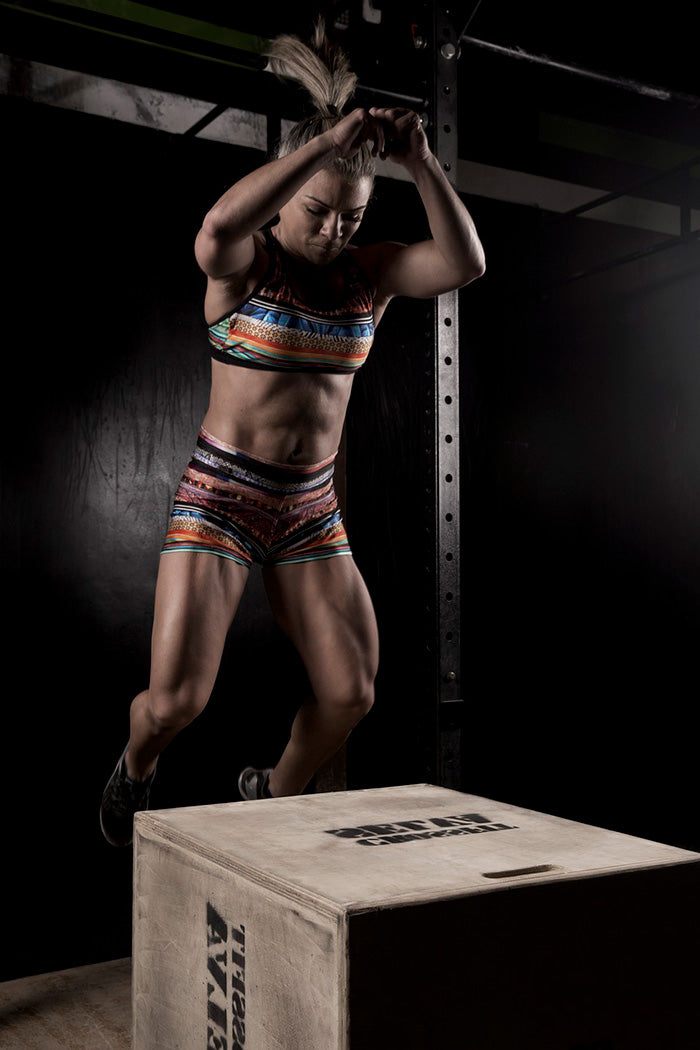
POWERLIFTING
OLYMPIC WEIGHTLIFTING
CROSSFIT
BODYBUILDING
STRONGMAN
DEADLIFT GRIP FREQUENTLY ASKED QUESTIONS
Title
CONTENT AUTHOR:

